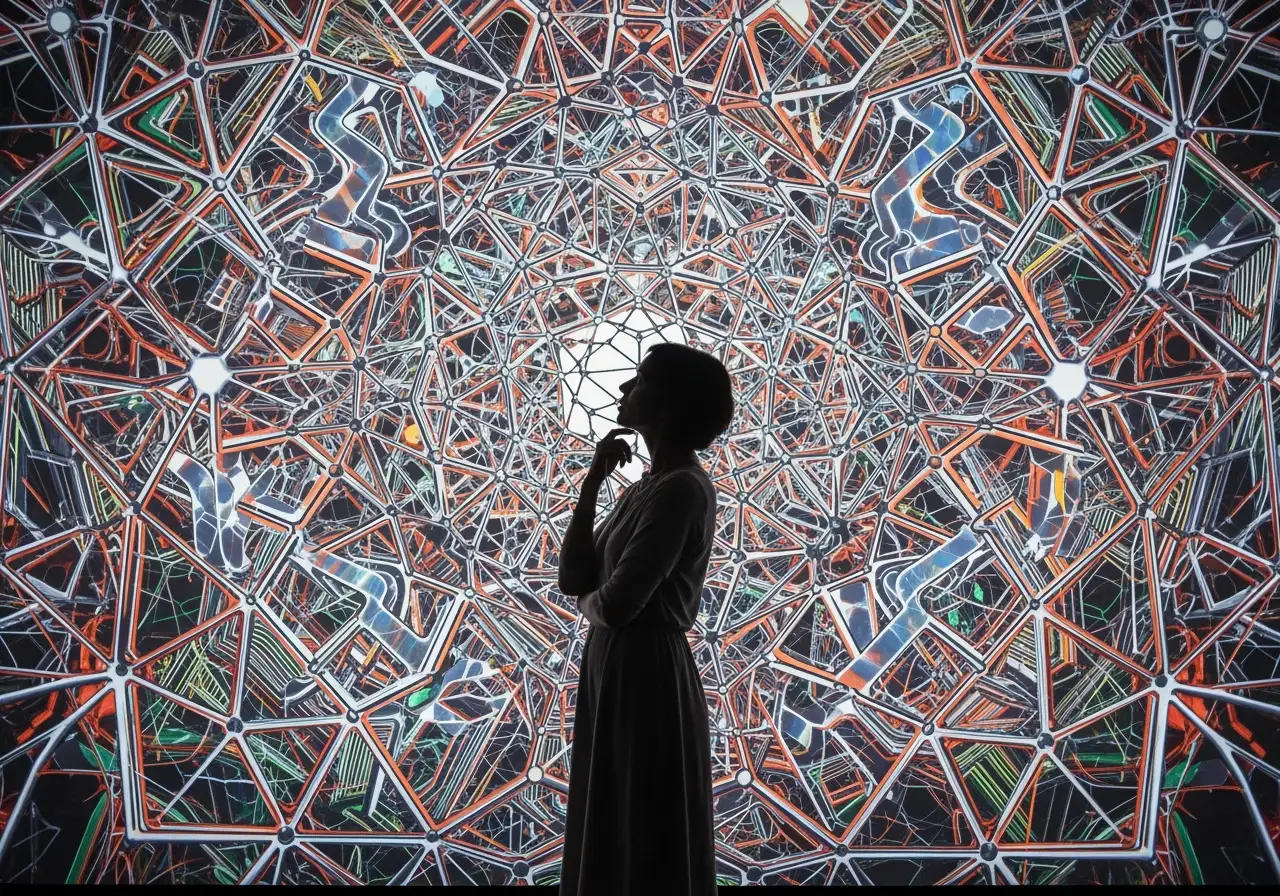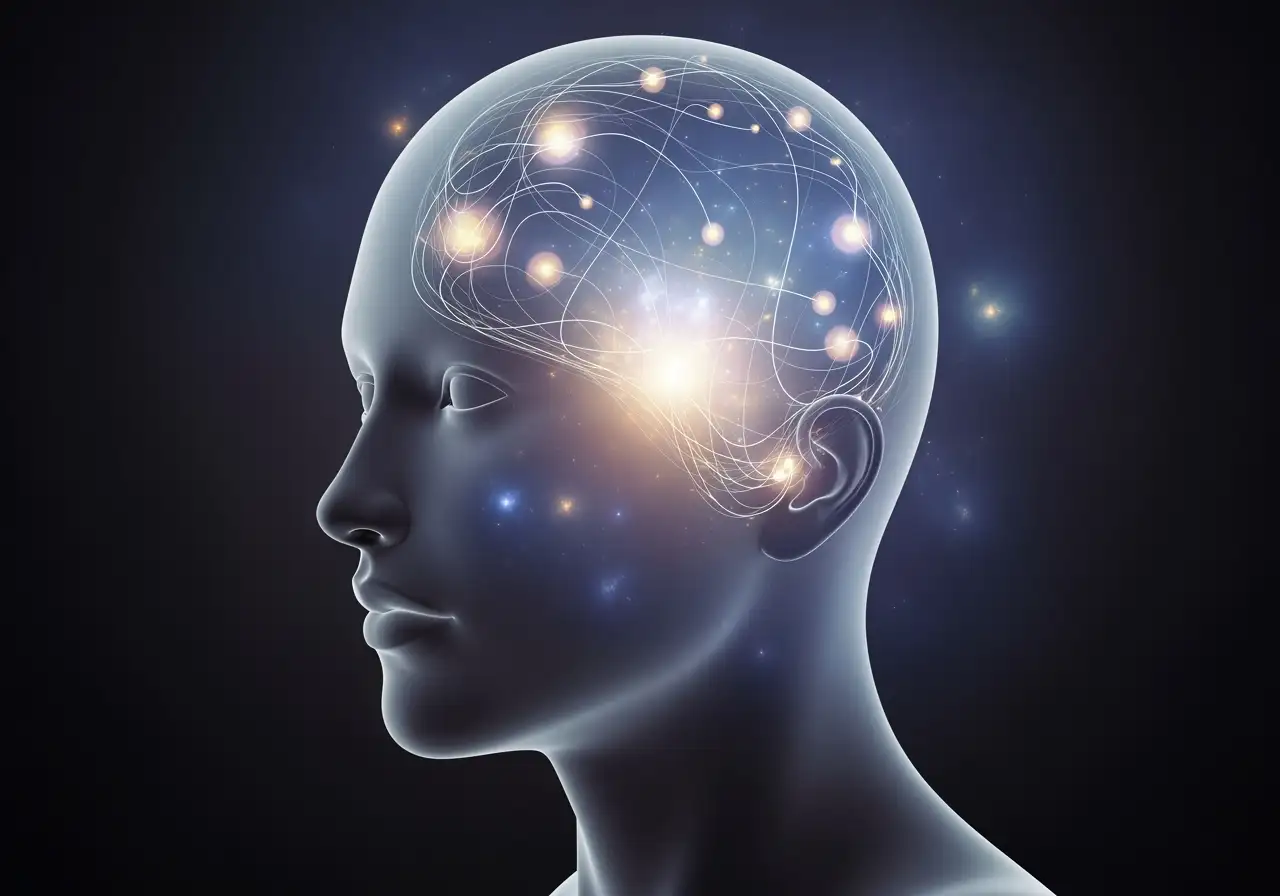Unlocking Your Inner Architect: The Quantum Mindfulness Blueprint
Unlocking Your Inner Architect: The Quantum Mindfulness Blueprint
In a world brimming with information and constant demands, the ability to control your inner state – to truly master your mind – has become the ultimate superpower. But how do you move beyond fleeting moments of clarity to cultivate a consistently empowered and positive mental landscape? The Quantum Mindfulness framework offers a revolutionary blueprint, providing a comprehensive understanding of how your mind operates and, more importantly, how you can actively influence its core processes.
This framework is not just another mindfulness technique; it’s a deep dive into the underlying architecture of human consciousness, revealing the mechanics behind your judgments, reactions, and beliefs. It introduces a sophisticated psychodynamic model that illuminates the intricate dance between your observations and your internal reality. Unlike traditional psychological models, Quantum Mindfulness views the mind not as a fixed entity, but as a dynamic field of potential, where every thought, emotion, and perception undergoes a process akin to psychodynamic wave collapse, moving from a state of cognitive superposition to an actualized experience.
At its core, the framework begins by demystifying the Cognitive Appraisal (C) equation. This isn’t just an abstract formula; it’s the master control signal that translates every observation into a definitive judgment – whether something is a threat, an opportunity, or neutral. You’ll gain a clear understanding of the three fundamental forces that contribute to this judgment: the immediate impact of the present moment, derived from the observation’s valence and modulated by your personal tendency toward reactivity; the lingering influence of your past emotional states, specifically the average valence of your prior mental state and your personal tendency for mood persistence; and your own inherent, enduring personality biases, often stemming from an inherent disposition rooted in your Prime Modality. By dissecting this equation, the framework equips you with the fundamental knowledge to identify why you react the way you do and where you can intervene to consciously shift your internal narrative.
Building on this foundation, the framework then introduces the powerful distinction between Classical Mindfulness and Quantum Mindfulness. You’ll discover that while Classical Mindfulness excels at regulating intense emotional reactions and fostering non-reactive observation – helping you find peace amidst chaos by cultivating a Witness Consciousness that observes without judgment – Quantum Mindfulness takes mastery to an entirely new level. It’s about proactive transformation, teaching you to engage with the Observer-Participant Dynamic. This means recognizing that your conscious observation is not neutral; it actively shapes and influences your experienced reality. Through practices like Intentional Collapse and Superpositional Cognitive Engineering, Quantum Mindfulness empowers you to intentionally reframe your perceptions, turning challenges into opportunities, and actively cultivating positive outcomes even in difficult circumstances. This isn’t just about coping; it’s about creating your reality, moving towards genuine perceptual freedom and establishing your sovereign architecture.
Perhaps one of the most profound insights offered by the Quantum Mindfulness framework is the mechanism of Belief Formation. Moving beyond the idea that beliefs are solely logical constructs, the framework demonstrates how your repeated experiences – especially those imbued with strong emotional or social significance – can fundamentally reshape your long-term personality traits and deeply held convictions. This concept, summarized as “practice becomes belief,” reveals how your daily mental and emotional habits literally hardwire your worldview. Each time a mental state is actualized, particularly those driven by strong activations within the Secondary Modality, it can durably alter a foundational trait variable. You’ll understand how your personality isn’t fixed, but a dynamic entity constantly being sculpted by your internal and external interactions, offering a powerful lever for intentional self-transformation.
The psychodynamic model at the heart of Quantum Mindfulness delineates ten distinct Psychodynamic Dimensions (Pd1-Pd10), each representing an elemental quantum or irreducible building block of mental and emotional life. These dimensions form a dynamic and interconnected network, constantly influencing each other to produce the rich tapestry of human experience. The Prime Modality, comprising the Psycho-Volitional Dimension (Pd1), the Psycho-Conceptive Dimension (Pd2), and the Psycho-Meditative Dimension (Pd3), acts as the cognitive-executive triad, governing your fundamental capacity for will, intuitive insight, and structured thought. This triad is the wellspring of your volitional commitment and conscious agency. Following this, the Secondary Modality, encompassing Pd4 through Pd10, articulates the complex processes through which these foundational functions manifest and interact within your lived experience, shaping your affective, social, and relational texture. For instance, the Psycho-Empathic Dimension (Pd4) governs compassion, while the Psycho-Protective Dimension (Pd5) manages boundaries. The Psycho-Aesthetic Dimension (Pd6) balances these, leading to psychodynamic harmonic alignment. The Psycho-Motivational Dimension (Pd7) fuels your drive, the Psycho-Receptive Dimension (Pd8) refines your perception, the Psycho-Foundational Dimension (Pd9) grounds your being, and the Psycho-Transpersonal Dimension (Pd10) interfaces with manifested reality. Understanding this intricate map of your inner psychodynamic landscape reveals the precise levers of personal change.






